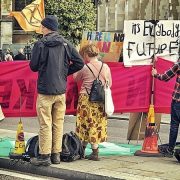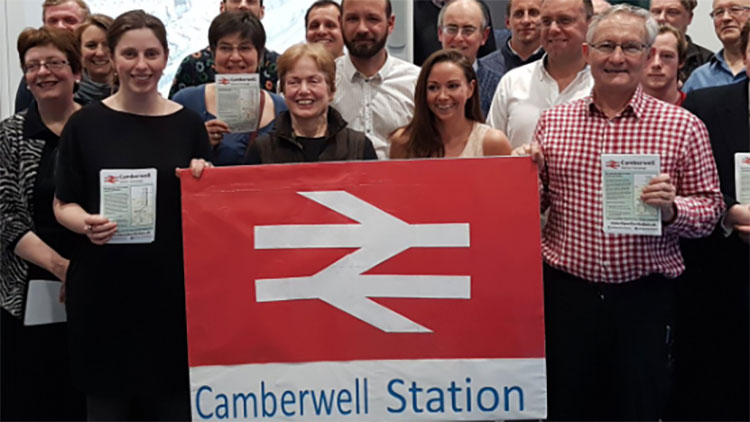Southwark Council has created a “blueprint” for action for schools across the borough to help them tackle climate change.
The 56-page blueprint, which is supposed to help schools comply with new government legislation, is short on specifics but long on aspiration. These include increasing the school’s knowledge of biodiversity by joining an online biodiversity network and signing up for an Education Nature Park that could help with resources to implement costly retrofitting of buildings. The retrofitting would also require the removal of gas boilers and their replacement with heat pumps.

Councillor John Batteson Cabinet Member for Climate Emergency, Jobs and Business, added “Schools have the potential to be a huge strength in our climate work. They can make changes in their buildings and on their grounds to reduce emissions, teach children new green skills, and also inspire our future generations to take action.”
The action of creating “blueprints” for schools is an indication of Southwark’s broader view of “tackling the climate change emergency”. The council says that carbon dioxide emissions in Southwark are 1,074 kilotonnes in Southwark. According to a popular converter, this amount of carbon dioxide would need nearly 1.2m cubic metres of tree to be absorbed.
The total funding available for Southwark’s biodiversity fund is £500,000. It will be allocated in grants for capital projects starting in 2025. Depending on the specific projects that come forward, they hope to support around 10 to 12 projects across the borough.
One of their aims is to “deliver strategically impactful, lasting interventions for biodiversity and nature recovery in Southwark, especially in the places and habitats that will make the most difference to nature.”
The Council statement on the new “blueprint” does not specify how it fits within its broader climate strategy.
The partnership with schools on climate action is commendable however the lack of detail and transparency surrounding the project raises concerns about its effectiveness and long-term viability.



